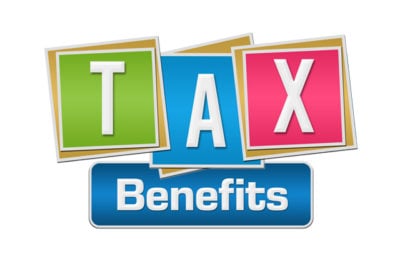June 28th, 2018
With changing tax laws and a booming stock market, donor-advised giving accounts (aka Donor Advised Funds, or DAF’s) saw huge growth last year…collecting more than $85 billion in revenue by the end of 2017.
What are these accounts? In short, they allow donors to make charitable contributions and receive an immediate tax benefit. Those contributions are invested by the account holder (for example, Fidelity and Charles Schwab are two of the largest, with Fidelity now the largest charity in America) and grow tax free over time. The donor retains the ability to recommend grants from their account to qualified charities, but does not receive an additional tax benefit for any grant.
Why should we care? Because they have become philanthropy’s fastest-growing vehicle in recent years, growing from an estimated 3% of all charitable giving in the US in 2016, with final 2017 numbers jumping up to nearly 9% of overall giving. Even more alarming is that only around a third of the revenue sitting in DAF’s is distributed each year…with an estimated 75% of funds taking five years to grant.
So how can your organization obtain more of this (massive) slice of the pie faster?
First, make sure that your website can accept DAF grants online. According to Fidelity, only about 2% of all charities can currently receive DAF contributions online, while nearly 90% of grants are recommended online by donors. While Fidelity approves over 90% of grants within 48 hours, it takes on average 12 days for mailed grants to clear. The easiest way to accomplish this is to register and download the free DAF widget from DAFdirect.org and embed it on your giving pages. Once someone logs in through the widget on your site, your organization will be the only one available for a donation and their giving won’t be swayed by other organizations they recently supported.
While a donor only needs $5,000 to open a donor-advised giving fund, the average balance of all giving funds is almost $300,000, placing them squarely in most organization’s mid-level programs—so treat them like who they are! Consider adding anyone who makes a gift from their DAF to your mid-level program stream for upgraded treatment and communications.
Also, add your tax ID and full charitable name to your mail replies to make it easy for a DAF donor to make a donation to your organization. When a gift is made, code them uniquely (rather than a generic “soft” credit) so you know who they are and can target them for special communications. You should also provide special thank you communications to DAF donors recognizing how they gave and encouraging them to make another gift.
Even while many taxpayers are more likely to take the standard deduction moving forward, donor advised funds are here to stay. While half of the grants are made to charities that were previously supported by the donors, more than 25% of all grants are made to new charities.
With such high balances ready to be distributed, be sure you are set up and ready to get your fair share!
By Scott Bell | Vice President of Client Services

